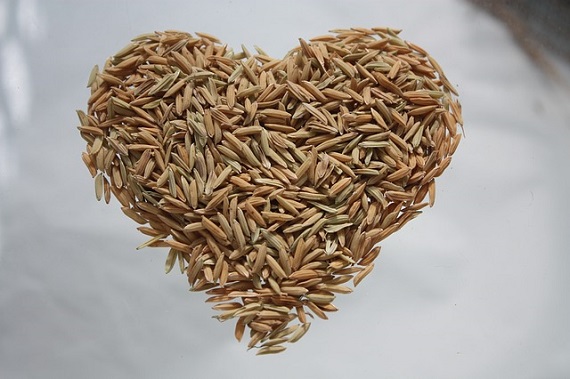


Australia's most comprehensive organic and natural directory
Blog / Food
16 Aug 2017Why you should soak grains before cooking

Grains have been used as food for roughly 100 000 years, but until about 50 years ago they were prepared in a very specific way. The traditional preparation of grains before consumption was to allow for proper digestion by removing the myriad of anti-nutrients that grains contain as their self-protective mechanism. Unfortunately in our modern lives of instant gratification we have let this process slide and this may be the reason for the rise in digestive problems linked to grain consumption.
It is so important to soak grains before cooking them because they contain enzyme inhibitors and anti-nutrients like phytic acid, tannins and lectins. These bind with minerals, prevent digestion and absorption, contribute to anaemia and other nutrient deficiencies, lead to bone loss and tooth decay, irritate and damage the gastrointestinal tract and lead to allergies and chronic health issues. By soaking grains before we cook them helps to release and break down these anti-nutrients so that the grains and the nutrients within them can be digested and absorbed correctly.
There is no need to exclude grains from your diet if they have been properly prepared; in fact they are an important source of many nutrients such as the B vitamins - thiamin, riboflavin, niacin, and folate and minerals like iron, magnesium, and selenium. Grains are also packed with complex carbohydrates for energy and plenty of fibre.
How to properly soak grains:
- Measure out the amount of dry grains you want and put them in a bowl and cover completely with pure warm water.
- For every 1 cup of water used to soak the grains you will need 1 tablespoon of an acidic medium like lemon juice or apple cider vinegar. Using an acid medium is a vital part of the process because it initiates the fermentation process which causes the phytic acid and other anti-nutrients to be released.
- Place the bowl of soaking grains in a safe place and cover it with a clean towel or paper towel and keep it in place with a rubber band.
- Allow the grains to soak for 12-24 hours, with the exception of brown rice, buckwheat and millet which only require 7 hours.
- When you’re ready to cook you can drain the grains in a sieve and rinse them briefly.
- By soaking grains they absorb more water and this actually decreases cooking time and the amount of water needed to cook them. You will need to use about 1/4 less water than normally required, but after some practice you won’t need to measure the water anymore as you will develop an intuitive sense.
Sources
http://thenourishinghome.com/2012/03/how-to-soak-grains-for-optimal-nutrition/
https://www.weedemandreap.com/guide-soaking-sprouting-grains/








